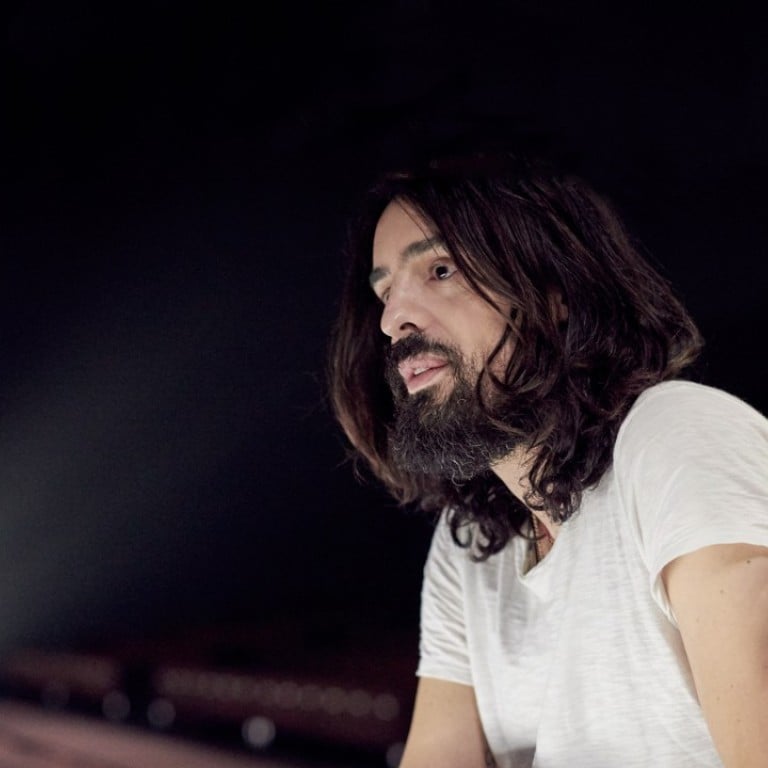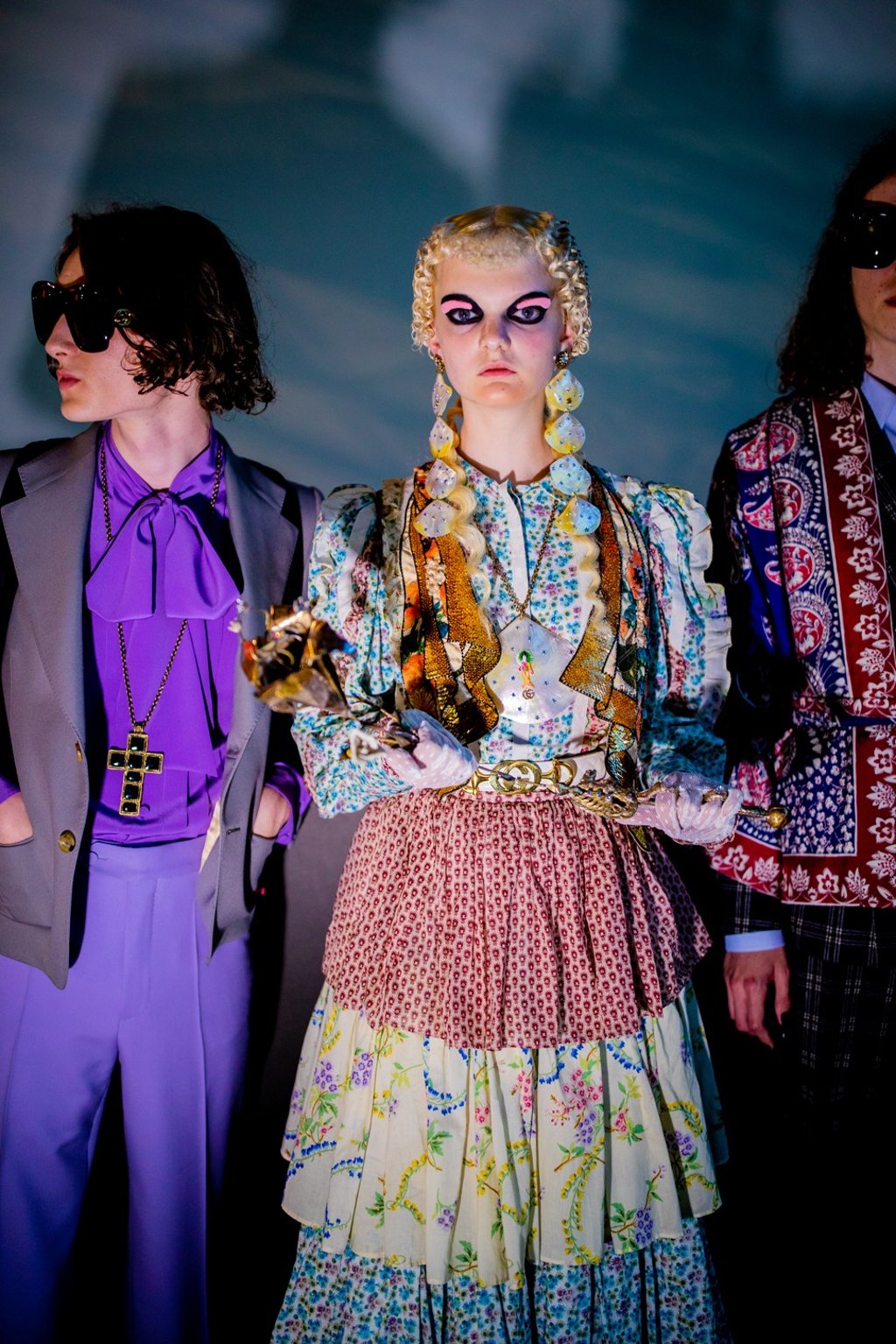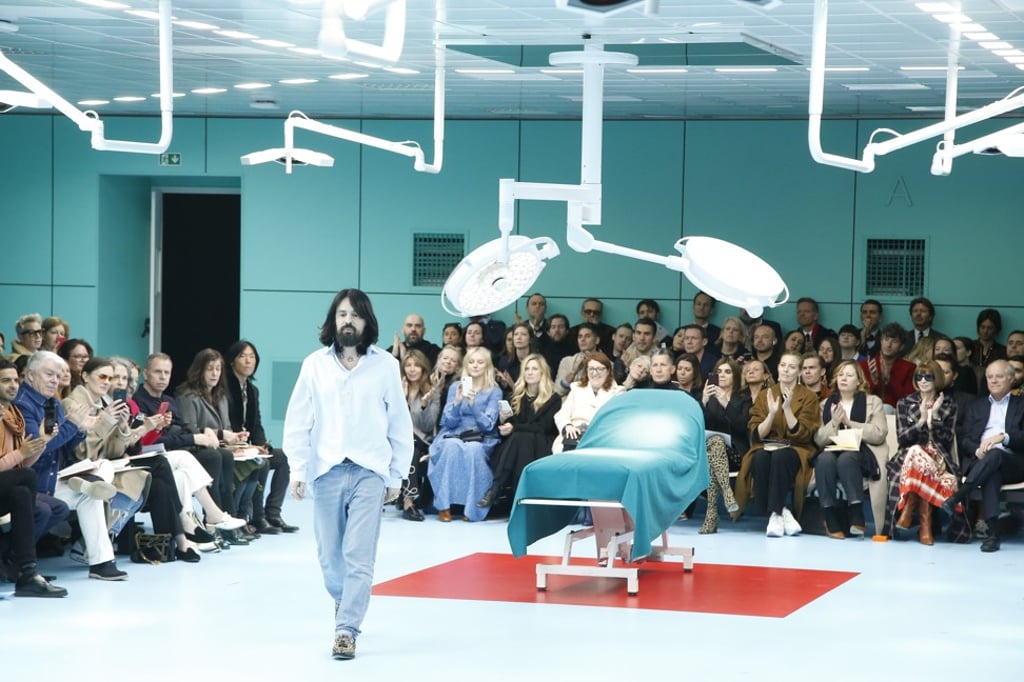Gucci’s creative director, Alessandro Michele, on his muse Elton John and mastering the art of alchemy

Michele mixes and matches all things extraordinary with his own aesthetics, and comes up with creations that strike a chord with millennials
Gucci’s creative director, Alessandro Michele, references everything from Victorian glamour to exotic chinoiserie, ’70s rock ’n’ roll and ’90s hip hop in his kaleidoscopic universe.
And, it is his ability to distil all these seemingly schizophrenic references into something coveted that has made him one of fashion’s wunderkinds and earned him the moniker of “fashion’s alchemist”.
“I have a lot to say, so it’s not enough to use just one language, one shape or one face to say it,” the 46-year-old designer says. “It’s not a sentence, it’s a book. It’s not a note, it’s a song.” We are meeting in Arles in the south of France where Michele has just held his resort show, an eerily beautiful canvas of fire and flames set in an ancient Roman burial ground. Consistent with Michele’s usual modus operandi, all sorts of references clash in the collection. Take for example, the Roman heroine holding a golden rose, the ’70s disco star enveloped in GG logos, and whimsical prints paying tribute to the video gaming culture of the ’80s, from Sega to Disney’s “Three Little Pigs”.
A beautiful piece is for everybody. I don’t like to draw a line between what you can and cannot wear.
Through his luxury lens, the iconic motifs are mixed and distilled into elaborate outfits infused with streetwise elements for an aesthetically distinguished yet commercially sound collection.
“For this show, I was trying to create this fire [from which] a new generation emerges to break the rules and grow something new,” he says. “I also wanted to focus on the notion of beauty. It’s about personality. That’s why I love to create [styles] that look pretty together but are individually [beautiful] in different ways.”
Since Michele took over the design helm in 2015, he has steered Gucci towards a new direction which is different from the aesthetics of his predecessor, Frida Giannini. Michele, who was tapped by Tom Ford to join the brand in 2002, has put a contemporary spin on the signature Gucci motifs, from the GG logos to the green-and-red web. He has also energised the brand’s iconic archival styles with his modern reinterpretations.

